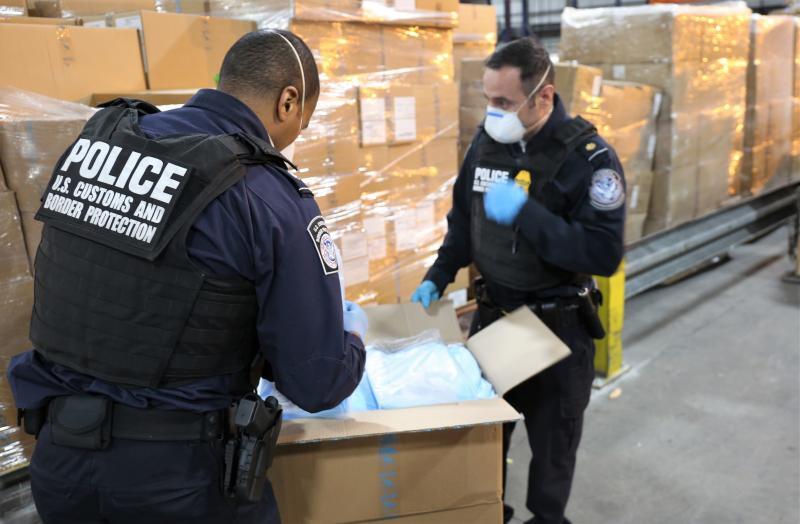Counterfeiters sometimes post photos of authentic goods on e-commerce sites, but then fill orders with fakes. They may also set the price of a counterfeit at, or close to, the retail price of a genuine good to deceive consumers.
According to the Government Accountability Office, the rise of e-commerce has contributed to a fundamental change in the market for counterfeit goods. U.S. agencies and international organizations have observed a shift in the sale of counterfeit goods from “underground” or secondary markets, such as flea markets or sidewalk vendors, to primary markets, including ecommerce websites, where consumers typically believe they are purchasing authentic goods.
These counterfeit goods infringe on intellectual property rights and can harm the U.S. economy and threaten consumer safety.
U.S. customs officials reported that the increased volume of small packages as a result of e-commerce is a significant challenge. The Organization for Economic Cooperation and Development, an international organization focusing on world trade, has reported a substantial increase in the volume of small packages shipped internationally from 2010 to 2015.
Similarly, according to U.S. Customs and Border Protection, the total number of imported small packages sent through international mail more than tripled, increasing from about 150 million packages in fiscal 2013 to almost 500 million in fiscal 2019.
In the same time period, CBP also completed about 203,000 IPR seizures, almost 90% of which occurred in the international mail and express carrier environments. In 2018, GAO reported that of 47 items purchased from third-party sellers through e-commerce platforms, 20 were counterfeit, including consumer items such as makeup and electronics.
According to CBP, criminal organizations are shipping illegal goods, including counterfeits, into the United States through small packages due to a perceived lower risk of detection and less severe consequences if a package is stopped.
Customs officials told GAO that the large volume of small packages presents a challenge given the agency’s limited resources. They often do not receive actionable data about the contents of small packages in the express carrier or international mail environments. Specifically, customs officials stated that they lack data for small packages that are below the U.S. “de minimis” threshold of having a value of $200 to $800 as of 2016.
They also told GAO that while the volume of small packages entering the United States has increased, the level of staff resources in the CBP has remained the same. Due to resource constraints and the increased volume of small packages, the agency must prioritize resources by identifying higher-risk packages.

